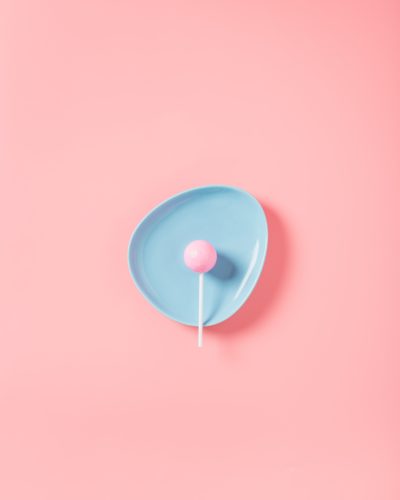Week 1

During the first week, your facial muscles will be weak, and you will find that the muscles are feeling heavy and floppy. The affected muscles will droop and make you look asymmetrical. This is called the flaccid stage.
Day 1
It is important to seek medical help as soon as you experience symptoms. In order to maximise recovery, steroids must be prescribed within the first 72 hours following the onset of symptoms.
Medication
-
- As soon as you notice symptoms you should be seen by your GP or go to your local Accident and Emergency Department. An early diagnosis is essential in order that you receive the correct treatment in a timely fashion. For those diagnosed with Bell’s palsy, the current guidelines indicate treatment with a steroid medication called Prednisolone, the optimum dose includes the following two options:
- Prednisolone 50mg daily for 10 days, OR
- Prednisolone 60mg daily for 5 days followed by a daily reduction in dose of 10mg
-
- If you have been diagnosed with Ramsay Hunt syndrome, the current guidelines indicate treatment with steroid medication as outlined above. In addition, it is recommended that treatment with antiviral medication, for example, Acyclovir, is commenced within 72 hours of the onset of symptoms.
Antiviral treatments alone are not recommended. However, follow the specialist advice from your doctor, as in some cases antivirals may be prescribed in combination with steroids.
Spontaneous recovery will take place to a greater or lesser extent with or without the addition of steroids. Steroids simply aid recovery in some instances, but they do not guarantee a full recovery.
Eye Protection
-
- The muscles around the eye will be weak and it will be difficult to close your eye and to blink in the normal way. You may find that the affected eye is wide in comparison to the unaffected side.
- You will need to ensure that your doctor prescribes an eye lubricant (preservative-free) to prevent the eye from becoming dry. A dry eye is vulnerable to ulceration which if left untreated can cause loss of vision.
- Taping the eye closed for sleep. You should receive information on how to tape your eye closed for sleep.
- Wear sunglasses when you go outside even if it isn’t sunny, this is because you won’t be able to squint or screw your eyes up tightly to protect your eye from direct sunlight.
- Manual blink – using the back of your index finger, placed gently on the upper eyelid, slowly lower the top eyelid until it meets the bottom eyelid and so closes. This will help moisten the eye, wipe away debris, and maintain the eyelid’s full range of movement. Do this twice at frequent intervals throughout the day perhaps every hour or more often if you are watching TV or working at a computer screen.
Learn more about Eye Care
Pain Management
You may be experiencing some pain which can be like earache or pain behind the ear. If you are experiencing severe pain which is not relieved by over the counter medication, ask your GP for more specific painkillers used for facial pain.
Learn more about Pain management
Psychological help
Anxiety and depression are common symptoms especially in the early days of recovery. You may feel lonely and isolated. The charity, Facial Palsy UK, can offer support in the following ways: support groups; support via email/telephone; their website which is full of useful information, education and personal accounts from people living with facial palsy.
Exercises
At this stage, you should avoid any exercise or expression. We recommend you do daily facial massages.
Eating and Drinking
Eating and drinking can be affected because lip and cheek muscles are weak, and it may be more difficult to chew and prepare food for swallowing. Choosing an easy chew diet may help prevent spillage from the corner of your mouth. You may find you dribble a bit when you drink. Using a straw may stop this from happening or drinking from a thin lipped cup. Get more eating and drinking tips.
Read more
Photo by Mae Mu on Unsplash
